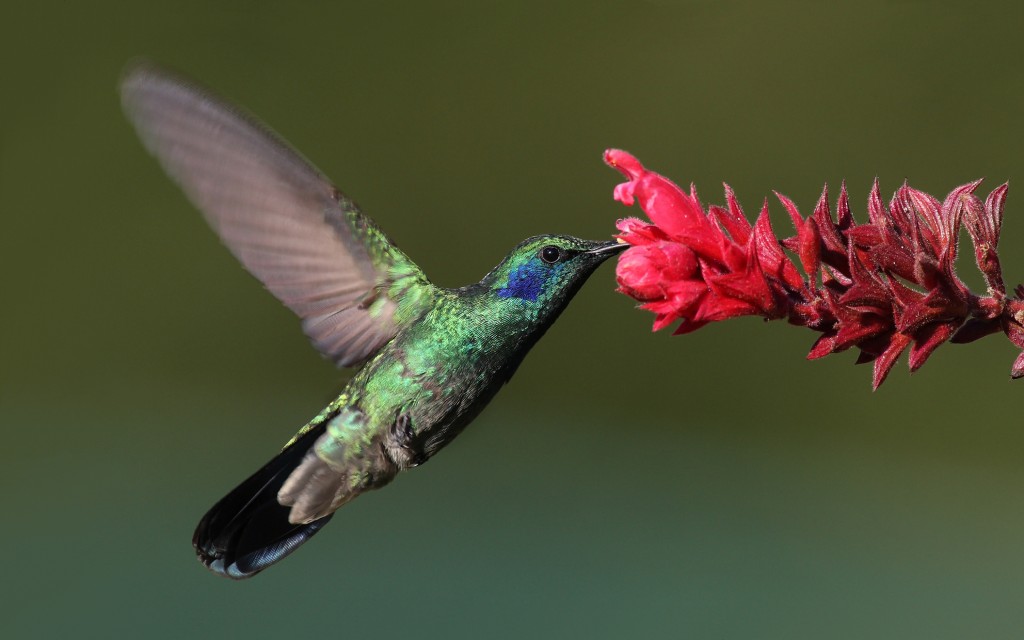FEATHERED JEWELS IN THE GARDEN



Without the feather of a doubt, hummingbirds are one of the most
beautiful and enthralling birds on the planet. Upon catching a
glimpse of one in my garden, I never cease to be captivated.
Like a precious gift out of the blue, it comes quite unannounced.
Well, almost… With your ears peeled back you might hear it approach, its tiny wings flapping at a furious pace.
Best of all, in just the right light, a hummingbird, or “hummer” — a term based on the fluttering sound of its wings and not its song —glistens in the sun’s rays, revealing a full spectrum of colors. John Audubon, the famed ornithologist and illustrator, called this creature a “glittering garment of the rainbow”.
Performing gyrations, it then zeroes in on a flower, hovers in place as it sips nectar and when satisfied may even fly backwards thanks to its unique morphology. Such aerial patterns form one of its signature pieces. Since Audubon’s time, people have likened it to a helicopter.
For the Caribbean Taino people, in contact with Columbus in 1492, this tiny, most delicate bird was a symbol of life spreadingover the earth. No wonder, it is one of the most rapid and agile of creatures that like bees disseminates valuable nectar.
With over 350 species, they are native to the New World. Like ubiquitous orchids, they inhabit a wide range of environments from the Yukon to Brazil. They are also inveterate migrants traveling thousands of miles. In the fall, our own Ruby-throated hummingbirds, with their fiery red throat and emerald, iridescent feathers, cross the Gulf of Mexico in 18 to 22 hours to Mexico, Central America and beyond. Other migrants include the West coast Rufous hummers that winter as far south as southern Mexico but summers as far north as Alaska.
As gardeners, how can we encourage these temporary visitors to our backyards? After all, as we expand our vision of what makes for a successful garden, birds like butterflies, dragonflies and damselflies, among others, are an indicator of a healthy, diverse environment. And due to the multiple challenges facing nature, we need to provide for them with nectar from flowers and feeders.
In highlighting one of the issues facing them: the Audubon website: http:www.hummingbirdsathome.org/ states: “Their accelerated metabolism may keep hummingbirds moving at impressive speeds, but also means they live on the edge, consistently within hours of starving to death if they don’t find food.” This is even more of a challenge since they must eat several times their weight in nectar daily to survive. In addition, before migrating they need to almost double their usual body weight.
Fortunately, there are many ways to provide for their nutritional needs. The most simple is to start with feeders, some of which are quite fun and decorative. Indeed, when not visited by hummingbirds, their lovely glass designs add a visual bonus to any garden or patio. As the hummers discover their food sources they’ll faithfully return. Creatures of habit, they are highly territorial and, as some revealing documentaries have shown thanks to slow motion, they can be quite feisty in controlling their favorite “pubs.”
Here is a list of just a few flowers to plant in the garden or in pots. Some
annual, others perennial, (but not necessarily native), they
include: bee balm, red columbine, delphinium, hollyhock, rose
of Sharon, lantana, fuchsia, butterfly bush, echinacea, and
nicotiana. Planting them in clusters as well as choosing those
that blossom at various times of the season is is crucial too.
Also consider flowering trees and climbing vines such as coral honeysuckle, morning glory and trumpet vine. With vines creeping up our walls and trellises we can enjoy them even more closely.
Of course, hummingbirds also require water. Don’t forget to offer them this valuable resource in the form of a bird bath or a clean bowl of water. Interestingly I haven’t seen one wash and splash itself as of yet.
Expect to be enchanted!
COMMENTS
ONE COMMENT
Kitty Farmer wrote:
May 17, 2013 at 9:15 pm
Yes, it was a lovely synchronicity as is this article on my favorite bird. Lovely Honey – you write so beautifully.
Looking forward to the next article. Love, Kitty

